A few weeks ago I had the amazing opportunity to spend some time in Kansas learning all about wheat, yeast and flour milling. Today I’m sharing with you some basic about various wheat types.
While I’m working on my post to recap about my AMAZING trip to Kansas with Red Star Yeast and Kansas Wheat I wanted to share a little bit of knowledge I gained on that trip about the various types of wheat. Like most of you I really didn’t know that wheat came in different classes. I mean most of us have heard about Duram Wheat and Whole Wheat but what I didn’t know is that there were actually different 6 different classes.
- Hard Red Winter
- Hard Red Spring
- Soft Red Winter
- Soft White Wheat
- Hard White Wheat
- Durum Wheat
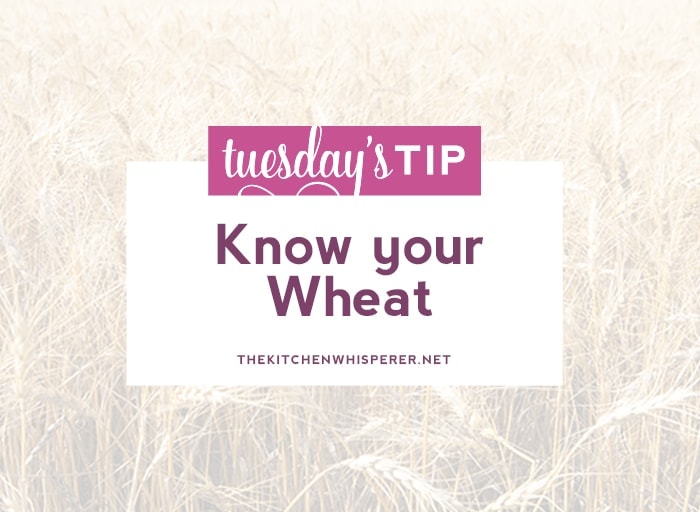
Wheat in the US has 2 distinct growing seasons: winter and spring. Winter wheat is sown in the Fall and typically harvested in the spring/early summer white spring wheat is planted in the spring and harvest in late summer/early Fall. When I was in Kansas in the middle of June they were harvesting their Winter Wheat.
While there are endless varieties of types of wheat varying from country to country they all stem from one of the 6 wheat classes.

Hard Red Winter Wheat
Hard red winter wheat is extremely versatile and one that most of us are familiar with. It is of a medium protein count of 10-14% and helps product most All Purpose flour.
Hard Red Spring Wheat
Hard Red Spring Wheat is the upper echelon of the wheat classes. This is the wheat that holds its pinkie up in the air when it sips it café au lait (er um.. if it drank that and had um fingers but you get my point). This wheat has a high protein count (12-15%) and strong gluten which makes it the perfect wheat/flour for artisan breads, rolls, croissants, bagels and pizza dough.
Soft Red Winter Wheat
Soft red winter wheat is more of a “delicate” class of wheat. The flour this wheat produces has a lower protein count (8.5-10.5%) and less gluten strength. You’ll tend to use this more in cookies, crackers, pretzels and pastries.
Soft White Wheat
Soft white wheat has a very low protein count *(8.5-10.5%) but it produces a very high yield. Due to it having a low water absorption it provides excellent milling results. This wheat will often be used to product cake flour and the like. It’s often used in very delicate cakes, pastries and Middle Eastern flat breads.
Hard White Wheat
Hard White wheat is the new kid on the block in the wheat class world. While it’s closely related to red wheats it has a milder, sweeter flavor. It has a higher protein count (10-14%) and is often used in ramen noodles, whole wheat flours, tortilla and other yeast type breads.
Duram Wheat
Duran Wheat is one that I know quite well as, marrying into an Italian family you MUST make homemade pasta. Due to its high protein count (12-15%) it is perfect for pasta, couscous, and some Mediterranean breads. Ever heard of Semolina? When the durum wheat is milled, the endosperm is ground into a granular product called semolina – um hello, PASTA!
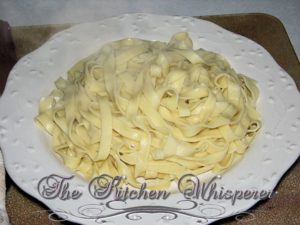





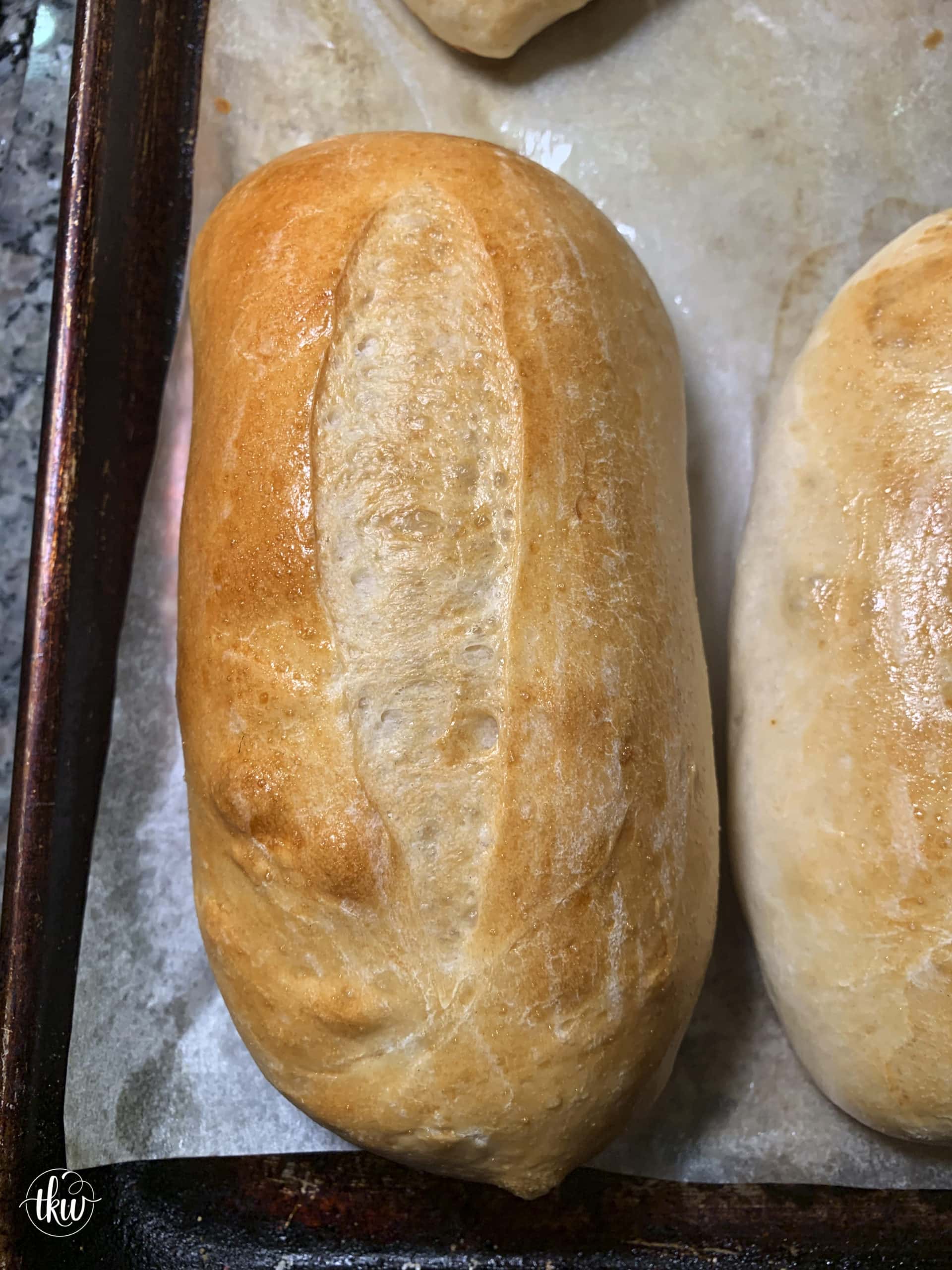
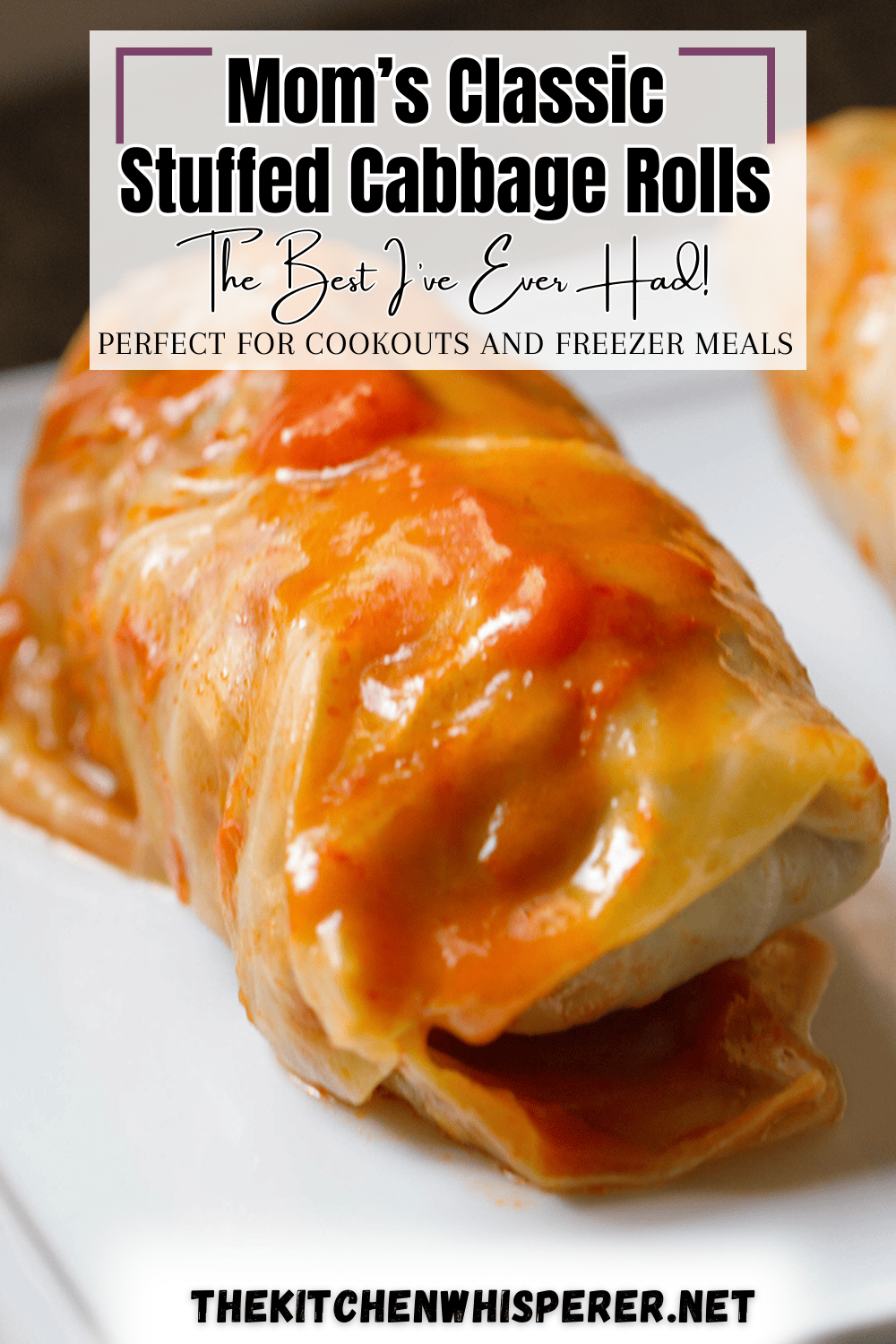
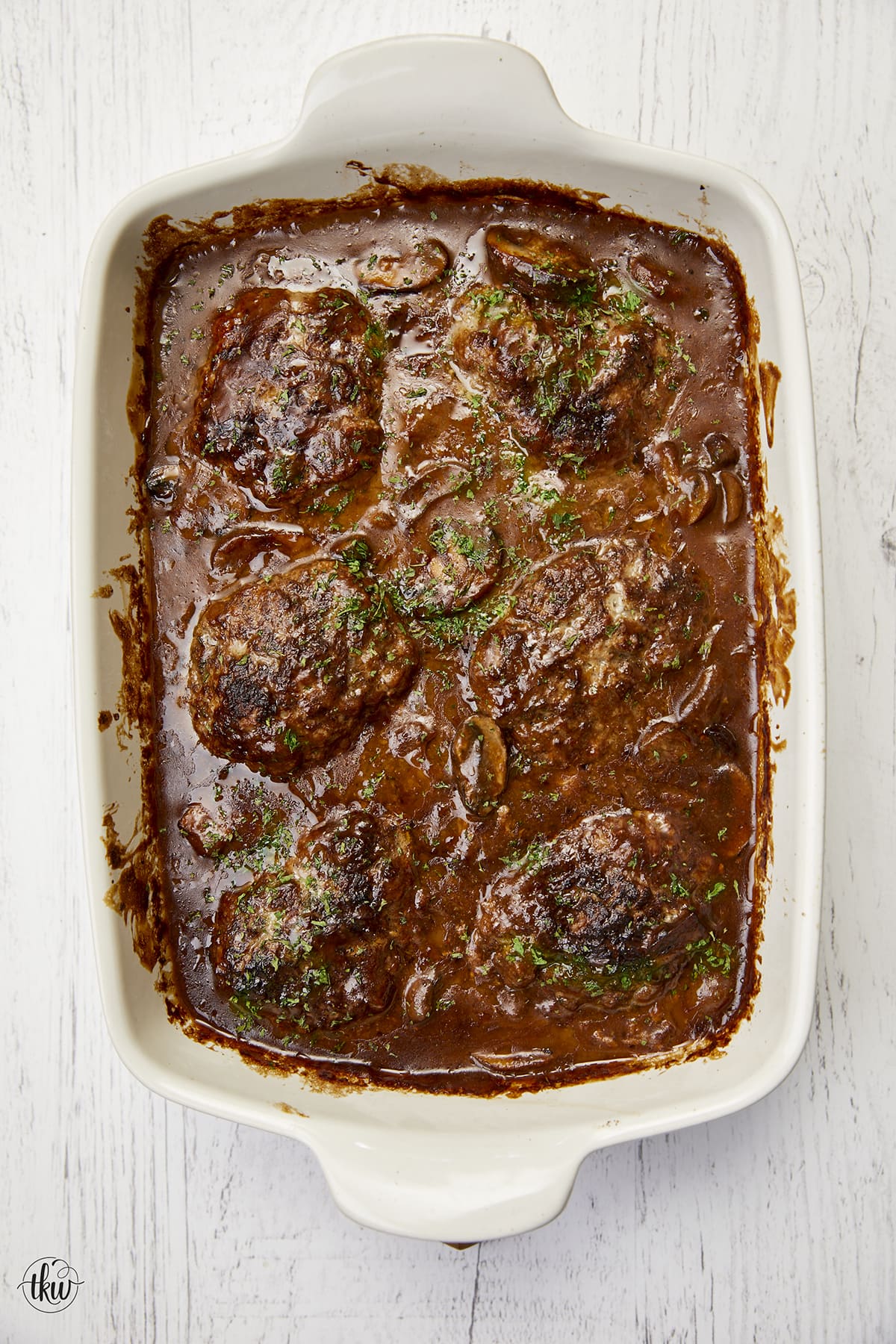

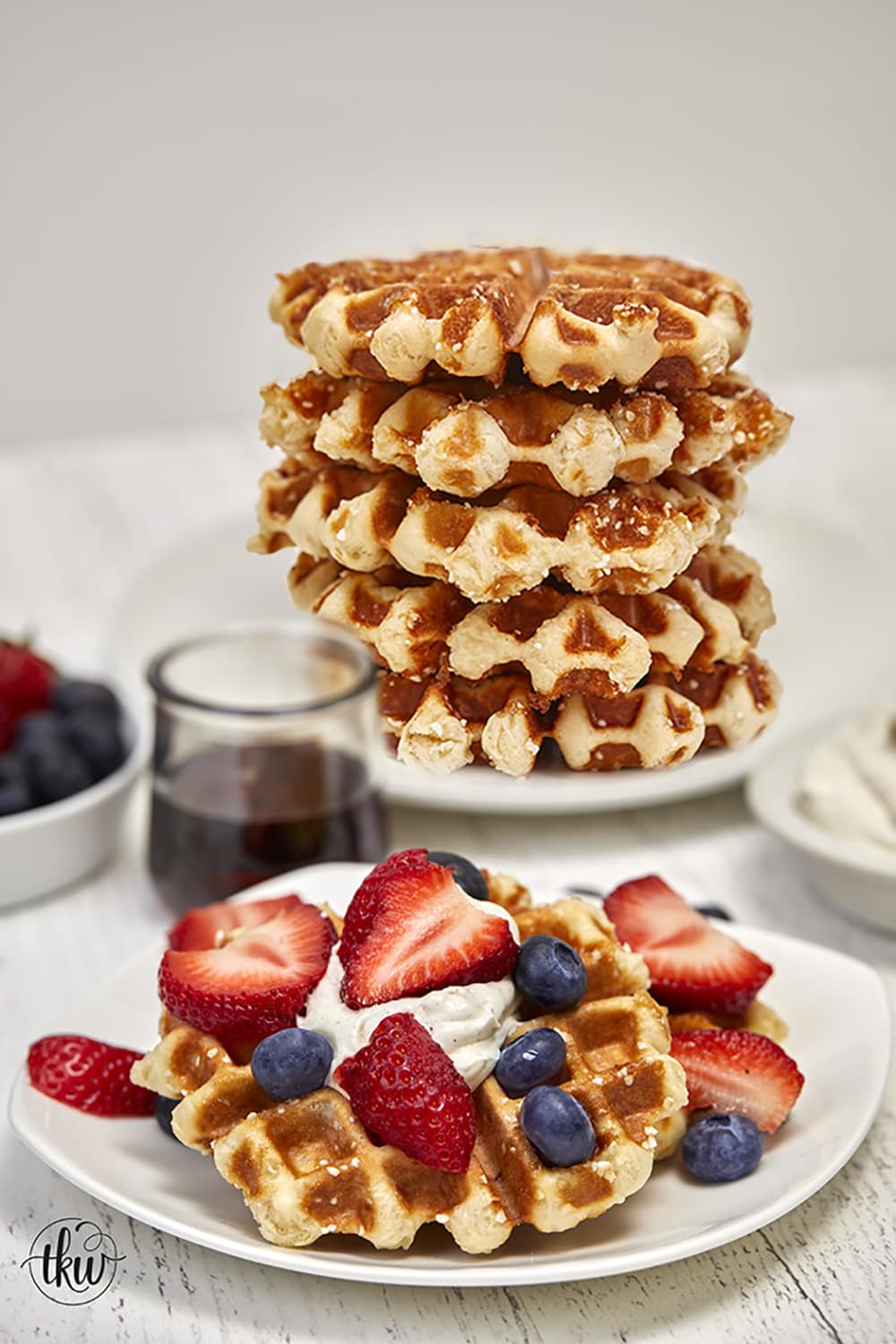

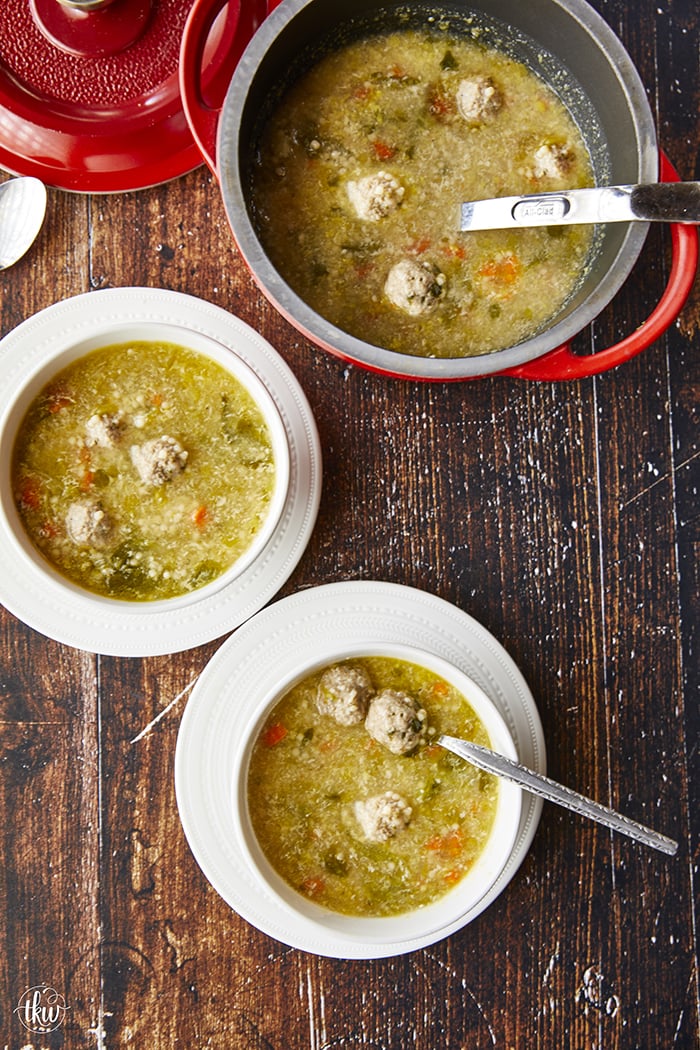
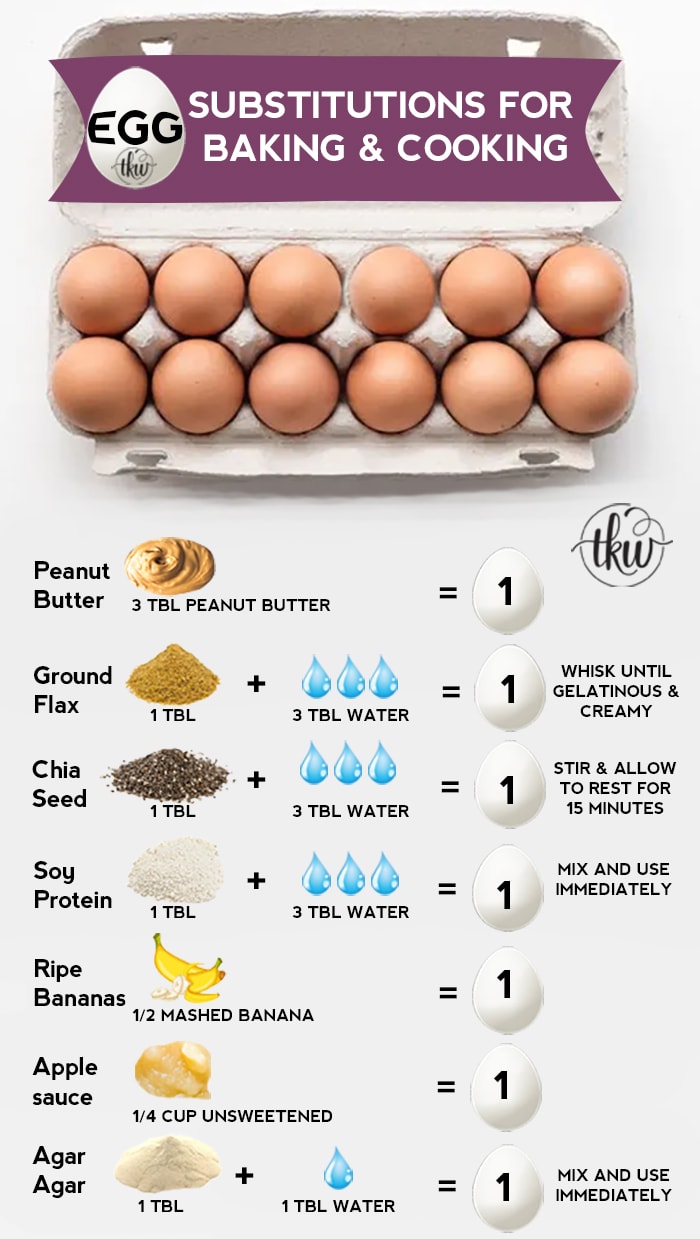
Leave a Reply